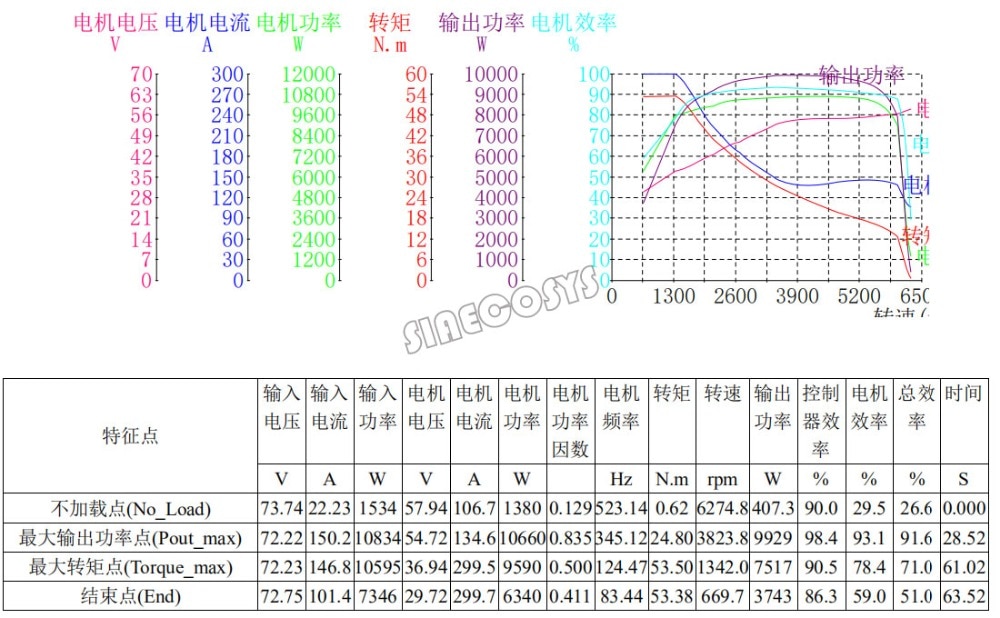minde28383
10 kW
- Joined
- Apr 2, 2010
- Messages
- 700
wjr said:This is what I had as reference:
https://www.maedler.de/product/1643/1615/362/1656/2123/kettenradscheiben-krl-ohne-nabe-08-b-1
your example: 114 teeth, 9kg, 88 € (excl VAT)
quite some figures, admittedly - but a feasible solution.
Aluminum would be nice, sure, but I doubt that it will be cheaper.
You have to trade off the effort, cost and weight of a two stage drive with an additional shaft, bearings, sprockets, support.
What is your intended ratio?
With 10T front, you're over 1:11 . oops
If shaft size is 20mm than 10teeth front sprocket is an option.
I used to be against small sprockets ie 10 and 11 teeth, because I thought they make more noise than bigger ones 13teeth or 14teeth. To lower chain noise chain has to travel in lower speed. As an example low rpm motor, very silent compared with high rpm motors even though chain geared.
Speaking about rear sprocket. Maximum teeth rear sprocket I would be willing to install is 65teeth, in worst scenario 72teeth. So it's it either 6.5 or 7.2 gear ratio (keep in mind that motor max rpm is 6000) in ~600mm wheel diameter is still too fast.
You was talking about 100teeth. Either 95teet or 115teeth industrial standards available. 115 teeth of 420 standard would be ~46cm diameter. Can you imagine such sprocket on the 60cm diameter wheel...
65 tooth sprocket is ~26cm diameter.
Very big sprockets on rear wheel looks not too good. At the end of the day such big sprocket would be simply impractical, especially offroad because it would go in dirt being too near to ground. If it's diy than whateverer but people don't dig such look too much.
Your motor was wounded in a way that it can achieve up to 100kmh having front ~20teeth and 110teeth pulley with Votol 150 and 72v batt in 130/70x12'' tire.
So if you want to have the same speed (more speed is just impractical) but in a bigger wheel than gear ration needs to be higher. You can make the same ~5.5 ratio but will loose torque and will have unnecessary top speed. So having big rear wheel there are two options:
- smallest front sprocket 10T and big rear sprocket 65T or better 75T, but bigger sprockets just not practical. This option is noisy option. And ugly because of big sprocket if with 75T.
- or doing first reduction like you suggested with your parts list from maedler. And then going normal common sprocket sizes on second reduction. In this option there will be less chain noise but will make it: heavier, expensier, more parts, more complex will take up more space in your frame, will lose few percent of efficiency due additional reduction.
Knowing people anyway gear it with sprockets they have (you gotta do what you can..) and get lowered initial torque, too big top speed, and what a heck still nice ride... Motor is ok, no overheat issues reported so far.


